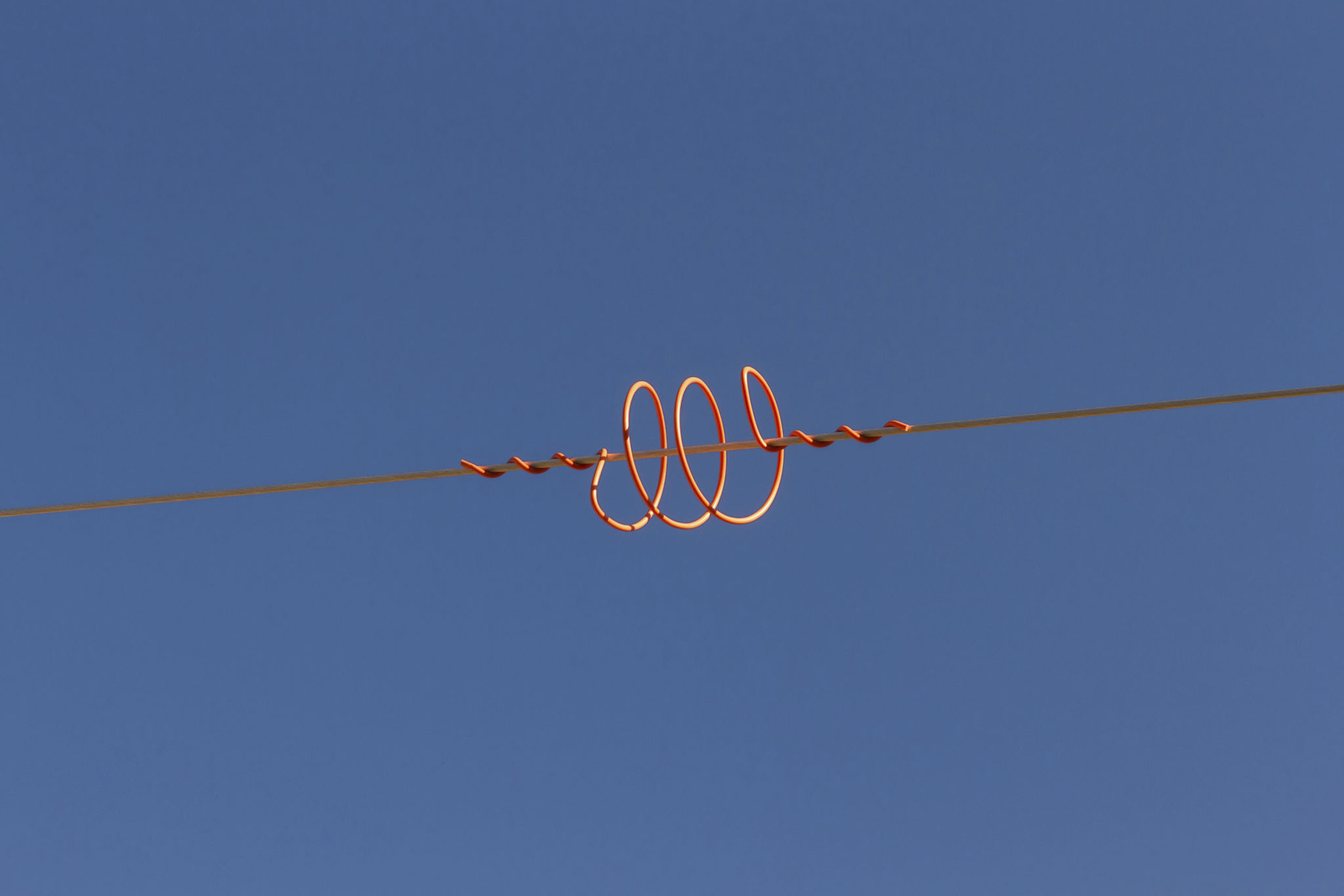Innovative Materials in Bird-Flight Diverters: How Technology is Advancing Wildlife Protection
The Importance of Bird-Flight Diverters
Bird-flight diverters play a crucial role in wildlife conservation by preventing bird collisions with human-made structures like power lines. These collisions pose a significant threat to bird populations worldwide, leading to injuries and fatalities. By employing innovative materials in the design of bird-flight diverters, technology is advancing the protection of these species.
Traditional diverters often rely on simple reflective materials to catch the attention of birds. However, with the advent of new materials and technologies, companies are developing more effective solutions. These advancements not only increase the visibility of the diverters but also enhance their durability and environmental compatibility.

Innovative Materials Transforming Diverters
One of the most exciting developments in bird-flight diverters is the use of lightweight composite materials. These materials are not only strong and durable but also environmentally friendly. By reducing the weight of the diverters, these composites ensure minimal impact on power lines while maintaining their effectiveness in alerting birds.
Additionally, photo-luminescent materials are gaining popularity. These materials absorb sunlight during the day and emit a glow at night, making them visible to nocturnal birds. This advancement is particularly beneficial for species that migrate or hunt during nighttime hours.

The Role of UV Reflective Materials
Birds perceive ultraviolet (UV) light differently from humans. Incorporating UV reflective materials into bird-flight diverters takes advantage of this unique aspect of avian vision. These materials make the diverters more noticeable to birds, significantly reducing the risk of collision.
This UV technology is especially effective for species that are more active during the day. By integrating UV reflective coatings or films, manufacturers can create diverters that are practically invisible to the human eye but highly visible to birds.

Smart Technology Integration
The integration of smart technology into bird-flight diverters is another promising advancement. Some modern diverters are equipped with sensors that collect data on bird interactions. This information helps researchers and conservationists understand how birds interact with these devices and allows for continuous improvement in their design.
Moreover, smart diverters can be connected to the Internet of Things (IoT), enabling real-time monitoring and remote updates. This connectivity ensures that diverters remain effective over time and adapt to changing environmental conditions.
Sustainability and Environmental Impact
As we strive for more sustainable solutions, the environmental impact of bird-flight diverters is a critical consideration. New materials and technologies aim to minimize ecological footprints. For instance, biodegradable materials are being explored to ensure that even if a diverter is damaged or dislodged, it will not harm the environment.
Furthermore, sustainable production practices are being adopted to reduce carbon emissions during manufacturing processes. This holistic approach not only benefits wildlife but also aligns with global efforts to combat climate change.

The Future of Bird-Flight Diverters
As technology continues to evolve, so too will the design and functionality of bird-flight diverters. Future innovations may include advanced biomimetic designs that mimic natural patterns or movements to further deter birds from dangerous areas.
The collaboration between engineers, biologists, and conservationists is essential in driving these innovations forward. By leveraging diverse expertise, we can develop solutions that offer comprehensive protection for bird populations around the world.
Ultimately, the integration of innovative materials and smart technology in bird-flight diverters represents a significant step toward harmonizing human development with wildlife conservation. By continuing to invest in research and development, we can ensure a safer future for both birds and humans alike.
